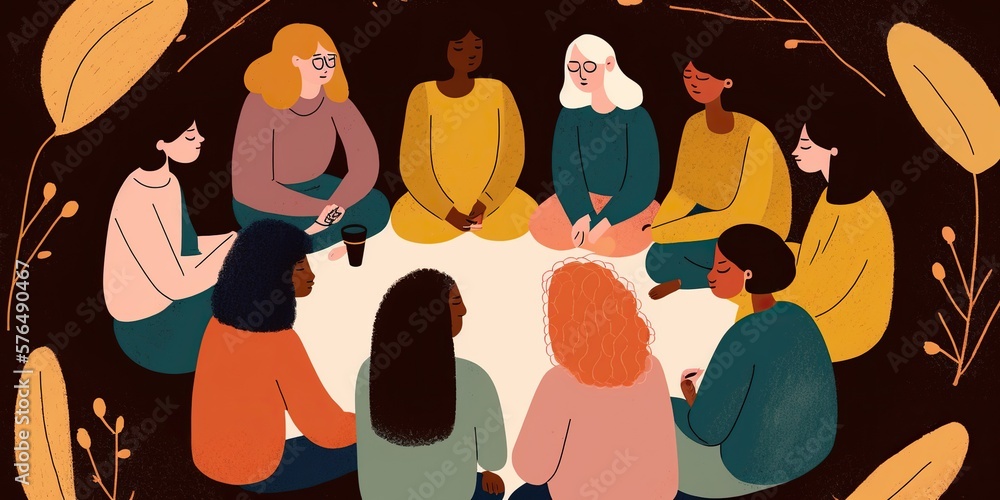
Learning Circle Members and Roles:
Time Keeper: Rebekah
Facilitator: Justine
Record Keeper: Jozelle
Encourager: Jada
Other members: Hope Dennis, Amber Girbav
Chapter 1:
Our group figured out that chapter one’s main theme is the difference between Assessment and Evaluation. It says in the book that when we assess as teachers, “we are gathering information about the student learning and that learning informs our teaching” (Davies, 2011). Then when we evaluate, that is the moment we decide whether the students have learned anything from whatever we have taught them. The book also played with words with assessment being the “assessment for learning” while evaluation is called the “assessment of learning” (Davies, 2011). Moreover, the book also talks about engaging students in the conversation about their learning activity. The book says that by doing this, the students are encouraged to learn about what are they going to be learning.
One thing that intrigued us in chapter one is when the author says that “students need practice time to learn” and “through repetition, they can take what they are learning and apply it at deeper and deeper levels” (Davies, 2011). One thing we learned in our previous classes, specifically Education Mathematics, is that repetition is called “mimicking.” By mimicking, students are just copying whatever the teacher is telling them to do. As a student, you are just rewriting whatever the teacher is writing on the board. So, we are not happy as a group about this statement.
We also looked at this statement in a different light. That is, we used the example in the book about students given examples of the project’s expectations. Then, as the students progress through their projects, they are either self-assessing or being assessed by the teacher. So, we also thought that repetition is not so bad when it is being used appropriately. That is using the standard the class created together to produce a project. We thought that if the teacher is the sole provider of everything (examples, expectations, the rubric, assessment), that is where it becomes problematic.
Moreover, we also talked about how we could incorporate critical thinking in different subjects like English, mathematics, and social studies. We thought that for English, do we just teach them what goes in a poem (structure, styles, etc.) and then have them create their own? With this, we talked about our struggles in pre-internships because some reading levels of students are not on par with others. So, we are struggling to comprehend how we could produce a thinking classroom.
Another statement arose in the conversation, which is “we should spend less time grading and more time helping students learn.” We were debating whether this was practical or just a “fever dream.” We think that if a teacher has 30 students in one classroom, then it is extremely difficult to spend the whole time helping them learn. We are still confused about how are we going to assess 30 students unless we do something about the classroom sizes in the future. We also thought that the reason teachers revert to traditional direct teaching is because it is difficult to teach 30 students at once. I remember back in the Philippines. We will have 45 to 50 students in a classroom. So, all of our teachers do direct teaching.
Chapter 2:
In Chapter 2, we talked about collaborating with students in their learning. This way, we can assess and do less grading (referring to the conversation in chapter 1). We talked about how having students take ownership of their learning also helps us teachers release some of the work when we collaborate with our students. We concluded that pushing the responsibilities to students helps them become engaged with their learning. Students become interested in what is it to learn. This makes monitoring the students easy since you have given the expectations (or have them give you what they think you are expecting from them).
Ultimately, we think that the major theme of Chapter 2 is making connections with students (and possibly other members of the community), flourishing that connection, and collaborating with them to create a more meaningful learning environment both for students and the teacher.
Concluding Thoughts:
We connected as a group. Some members did not get to read the chapters because their books had not arrived yet. So we took some time to summarize each chapter so everyone was on the same page. After hearing the gist of the chapters, we are all on the same page and ready to discuss. There was no awkwardness in our group. Everyone contributed greatly to the conversations. Everyone shared their personal experiences and related them to the readings. We will strive to meet these criteria every time for upcoming learning circles.